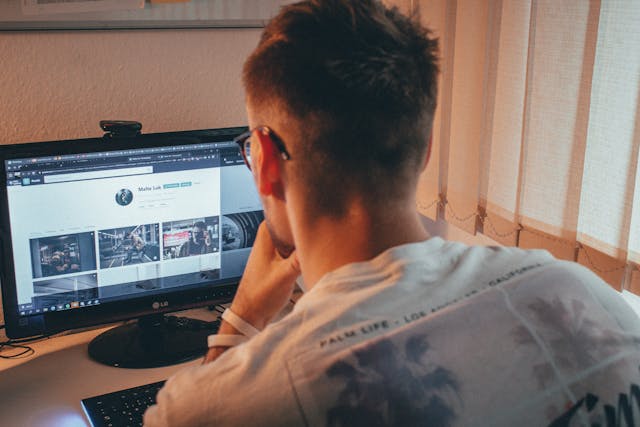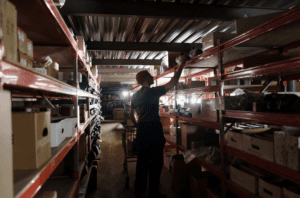In the rapidly evolving landscape of education, innovative techniques in video production are revolutionizing the way students learn and engage with content. From interactive simulations to personalized learning experiences, educational videos are enhancing learning experiences like never before. In this article, we’ll delve into the world of innovative techniques in Educational Video Production and explore how they are transforming the educational landscape.
Visual Storytelling
 One of the most powerful tools in educational video production is engaging visual storytelling. By incorporating captivating visuals, animations, and graphics, educators can bring concepts to life and make learning more enjoyable and memorable for students.
One of the most powerful tools in educational video production is engaging visual storytelling. By incorporating captivating visuals, animations, and graphics, educators can bring concepts to life and make learning more enjoyable and memorable for students.
Visual storytelling not only captures attention but also aids in comprehension and retention of information, leading to more effective learning outcomes.
Interactive Simulations and Virtual Experiences
Interactive simulations and virtual experiences are taking educational video production to new heights. These techniques allow students to participate and actively explore concepts in a hands-on manner. Whether conducting virtual experiments in science, exploring historical events through immersive simulations, or practicing skills in a virtual environment, interactive elements enhance learning by promoting curiosity, experimentation, and problem-solving skills.
Personalized Learning Paths
Another innovative technique is personalized learning paths within educational videos. By leveraging data analytics and AI-driven algorithms, educators can customize content based on each student’s learning pace, preferences, and comprehension level. This personalized approach ensures that students receive tailored content that meets their individual needs, leading to a more engaging and effective learning experience.
Gamification and Rewards
Gamification is a popular technique used in educational video production to make learning more engaging and motivating. By incorporating game-like elements such as challenges, quests, and rewards, educators can create an immersive learning environment that encourages active participation and progress tracking. Gamified educational videos foster a sense of achievement and progress, keeping students motivated and invested in their learning journey.
Multimedia Integration
Innovative educational videos often integrate multimedia elements such as audio, music, and real-world examples to enhance learning experiences. Adding relevant audio cues, background music, and sound effects can create a more immersive and engaging atmosphere. Additionally, incorporating real-world examples and case studies helps students connect theoretical concepts to practical applications, deepening their understanding and critical thinking skills.

Accessibility and Inclusivity
Innovative techniques in educational video production also prioritize accessibility and inclusivity. Closed captions, transcripts, and audio descriptions ensure that educational content is accessible to all learners, including those with disabilities. Additionally, designing content with diverse learners in mind promotes inclusivity and equity in education, ensuring that every student has equal opportunities to succeed.
In Conclusion
Innovative techniques in educational video production are transforming learning experiences and empowering educators to create dynamic and impactful content. From engaging visual storytelling to interactive simulations, personalized learning paths, gamification, multimedia integration, and accessibility features, these techniques enhance student engagement, comprehension, and retention.…



 The first step in reducing process variation is to collect data. This data will help you identify areas of your process causing inconsistency. There are a few different ways that you can collect data:
The first step in reducing process variation is to collect data. This data will help you identify areas of your process causing inconsistency. There are a few different ways that you can collect data: Statistical process control (SPC) tools can be beneficial in reducing process variation. SPC tools help you to identify and correct problems in your process. Various SPC tools are available, so it is crucial to choose the right tool for your needs. Some common SPC tools include:
Statistical process control (SPC) tools can be beneficial in reducing process variation. SPC tools help you to identify and correct problems in your process. Various SPC tools are available, so it is crucial to choose the right tool for your needs. Some common SPC tools include: Once you have identified the root cause of a problem, you can begin to implement solutions. There are many different ways to solve problems, so choosing the right solution for your needs is important. Some common problem-solving techniques include:
Once you have identified the root cause of a problem, you can begin to implement solutions. There are many different ways to solve problems, so choosing the right solution for your needs is important. Some common problem-solving techniques include: